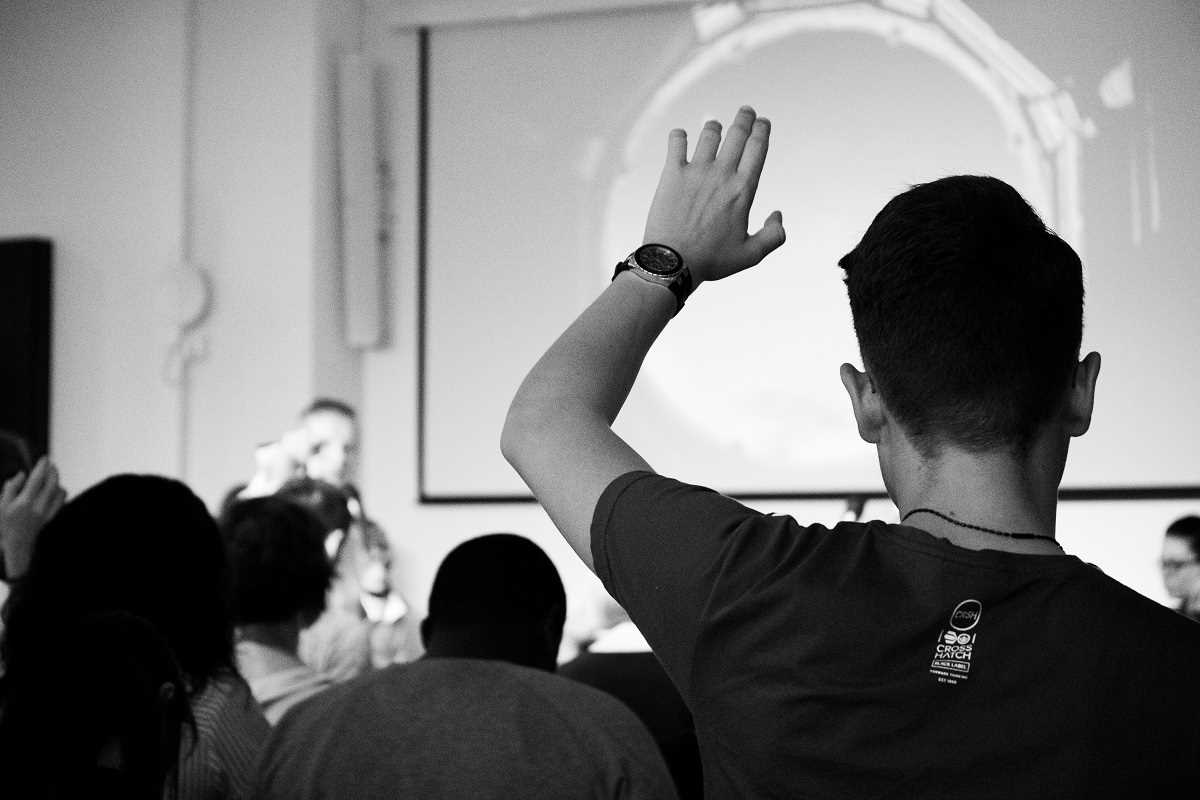Good note-taking can be the key to academic success, especially in college where lectures often move fast and cover a lot of ground. Effective notes not only help you stay focused during class but also make studying for exams less stressful and more efficient. But what’s the best way to take notes? It depends on the subject, the lecture style, and your personal learning preferences.
Here’s a comprehensive guide to improving your note-taking skills using proven techniques like the Cornell Method, mind mapping, and digital tools. We’ll also share tips for organizing your notes, reviewing them effectively, and adapting to different types of lectures.
Why Is Note-Taking Important?
Before jumping into techniques, it’s worth understanding why note-taking is so critical. Good notes:
- Help you stay engaged during lectures.
- Serve as a personalized summary of the material.
- Aid memory retention by allowing you to revisit and reinforce key concepts.
- Provide a valuable resource for exam preparation and assignments.
Now, let’s explore how you can take better notes.
The Cornell Method
The Cornell Method is a structured approach to note-taking that promotes active learning. It’s particularly useful for lectures that cover dense or theoretical material.
How the Cornell Method Works
- Divide Your Page:
- Create three sections on your paper:
- A cue column on the left (about 2-3 inches wide).
- A note-taking column on the right (the remaining space).
- A summary section at the bottom (about 2 inches high).
- Create three sections on your paper:
- Take Notes During the Lecture:
- Use the note-taking column to jot down key points, diagrams, and concepts in real-time. Use shorthand or abbreviations to keep up with the pace of the lecture.
- Add Cues After Class:
- Once the lecture is over, use the left cue column to write down keywords, questions, or main ideas related to the notes on the right.
- Summarize:
- At the bottom of the page, write a brief summary of the lecture or the main takeaway points. This reinforces understanding and memorization.
Benefits of the Cornell Method
- Organized Layout: Everything is sorted into sections, making it easy to study later.
- Active Engagement: The act of creating cues and summaries encourages deeper learning.
- Quick Review: Use the cue column to test yourself without relying on the full notes.
When to Use This Method
The Cornell Method works best for science, business, or humanities lectures where clear main ideas and supporting details are presented.
Mind Mapping
Mind mapping helps visually organize complex or interconnected topics and is ideal for learners who thrive on conceptual connections.
How to Create a Mind Map
- Start with a Central Idea:
- Write the subject or main topic in the center of your page and circle it.
- Branch Out Ideas:
- Draw lines outward from the center and write subtopics or themes on each line. For example, if the central idea is “The Water Cycle,” subtopics could include evaporation, condensation, and precipitation.
- Add Details:
- From each subtopic, create smaller branches with supporting ideas or examples. Use diagrams, symbols, or color coding to enhance clarity.
- Connect Concepts:
- If ideas overlap, draw lines or arrows to indicate connections between them.
Benefits of Mind Mapping
- Visual Clarity: Great for understanding relationships between concepts.
- Engaging Format: Keeps notes dynamic and non-linear, which works well for visual learners.
- Memorable: The use of colors and imagery helps with retention.
When to Use This Method
Mind mapping is perfect for brainstorming sessions, literature or philosophy classes, or any topic with many interrelated concepts.
The Role of Digital Tools in Note-Taking
Digital tools can simplify and enhance the note-taking process, especially for tech-savvy students. Here are a few tools worth exploring:
1. OneNote
- How It Helps:
- Microsoft OneNote offers a flexible layout for organizing notes into sections and pages. You can type, draw, or insert images and audio recordings.
- Best For:
- Students who want to consolidate all their notes in one place.
2. Evernote
- How It Helps:
- Evernote helps with capturing and organizing typed and handwritten notes, web clippings, and more.
- Best For:
- Multi-taskers who want to integrate lecture notes with supplementary materials like articles and research.
3. GoodNotes or Notability (iPad Apps)
- How They Help:
- These apps make it easy to write and highlight on PDFs or course documents. You can also organize by subject or topics.
- Best For:
- Students who prefer handwriting their notes on digital tablets for a paper-free solution.
4. Voice Recorders
- Tip:
- If your professor allows it, record lectures and use tools like Otter.ai for transcription. This way, you won’t miss a word, even if you fall behind during class.
Benefits of Digital Note-Taking
- Searchable notes save time when reviewing.
- Easy to integrate multimedia elements (images, videos, charts).
- Lightweight and perfect for students with multiple courses.
Tips for Staying Organized
Regardless of the method or tool you use, staying organized is crucial for effective note-taking. Here’s how:
1. Label and Date Your Notes
Always include the date, course name, and lecture topic at the top of your notes. This makes finding specific notes much easier later on.
2. Use Headings and Subheadings
Break your notes into sections with clear headings, so you can quickly scan for relevant information.
3. Color Code
Develop a color-coding system to differentiate between topics, key points, or personal notes. For example:
- Blue for main ideas.
- Green for examples.
- Yellow for questions or areas to revisit.
4. Keep Notes in One Place
Whether you prefer physical notebooks or digital tools, make sure all your notes are consolidated in one location to avoid losing track of valuable information.
How to Review Notes Effectively
Taking good notes is only half the battle; reviewing them effectively is just as important. Follow these strategies for maximizing your learning:
1. Review Notes Within 24 Hours
Research shows that reviewing notes shortly after class helps reinforce memory and prevents forgetting.
2. Create Summaries
Condense your notes into key points, bullet lists, or flashcards to prioritize the most important information.
3. Test Yourself
Use the cue section of Cornell notes or quiz yourself on mind map connections to solidify learning.
4. Revise Gradually
Instead of cramming before exams, review your notes weekly to keep the material fresh in your mind.
Adapting Note-Taking to Different Lecture Styles
Finally, consider tweaking your note-taking style based on the lecture format:
- Fast-Paced Lectures:
- Focus on bullet points, abbreviations, and recording keywords to keep up.
- Discussion-Oriented Lectures:
- Write down key insights or direct quotes from classmates and professors.
- Heavily Visual Lectures:
- Use diagrams, charts, or pictures to capture dense visual material.
 (Image via
(Image via





